As we prepare to roll into the fourth term of the school year, Alison Price of Wakatipu High School (HoLA Arts/Arts Director) shares with us her thoughts on the role of creativity and arts education in schools.
Having spent many years championing the Arts within the education system, it’s not surprising that I should be a strong proponent of its value both to students and teachers.
A key part of this value is centred on creativity and how the arts can nurture and develop this ability to best support our students. There is also the aspect of the arts as a cathartic experience which is often associated with creativity and feeds into the current concerns around wellbeing.
None of this ignores the fact that creativity occurs in every area of human activity. Whether as small ‘c’ creativity, which happens with our own individual foray into something new, or big ‘C’ creativity that many of us associate with major works or art or inventions, there is no doubt creativity is an intrinsic part of who we are. In reality, if humans hadn’t had a good grip on creativity right from our earliest history, there’s a fairly good chance we wouldn’t have survived very long as a species.
'In a groundbreaking study that analyzed the genetic basis for the emergence of creativity in modern humans… The team found that creativity among Homo Sapiens has always increased and evolved in response to harsh and diverse conditions.'
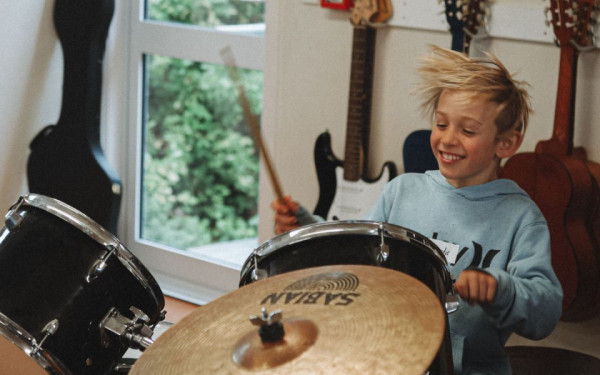
With that in mind, and given that creativity occurs across all areas of human endeavour, why should I, or anyone in arts education, believe that the arts provide a special place for developing creativity as a skill? And, why should the arts be a place for enhanced well-being outcomes? Those are both fair questions.
A starting point is to define what we mean by creativity. Definitions of creativity vary but in its simplest form, it is the use of imagination or original ideas to create something new. Recent studies have started to focus more on cultural context and/or the cognitive processes within the brain, but the key elements of generating something new still remain.
If creativity occurs in every sphere of human activity then it makes sense that the process should be similar in whatever field it happens. The starting idea, the working through of how to make it 'real', the highs and lows of the process and the emotional satisfaction (or relief) of the final outcome - these are integral parts of the creative process. So perhaps the differences in creativity lie more in the outcomes rather than the process. And, perhaps, this is where the arts can help develop this potential for our students.
If we think of the subjects studied at schools, the outcomes from each area range on a continuum from the scientific/mathematical quantitative outcomes to the more subjective, qualitative areas of the arts. In between are the other areas of the curriculum with their own particular mix of outcomes.
For example, the need for strong quantitative data outcomes in the Maths and Sciences is obvious when you think about where that study and knowledge leads. For example, a cure for COVID relies on its ability to be replicated to produce the same results over and over again. There is no room for putting one's own spin on this to give it, say, a more appealing colour or individual signature without knowing what the effects would be.
At the other end of the spectrum, an arts-based creative outcome is more subjective. The creator is incorporating their own voice and sharing this with a wider audience. Whether the intent is to inspire a shared group response such as an inspiring anthem or work of art, or whether the intent is simply to leave the audience to find their own individual response, the outcome is far more based on emotional intent.
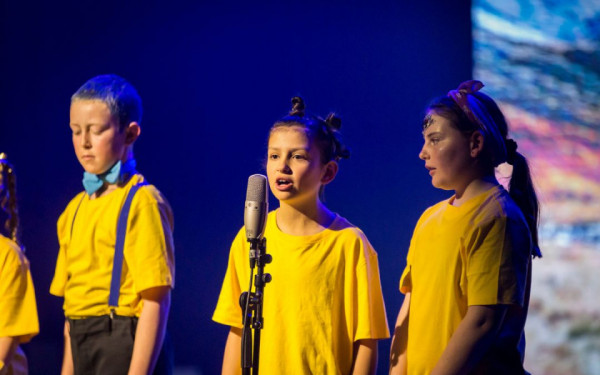
None of these outcomes are more or less important than the others. Everything on the continuum is essential to who we are. However, creativity itself IS important, and you don’t need to look very far in the research to see how it is increasingly being highlighted as an essential skill for the future.
For example, the World Economic Forum Future of Jobs (2020) has Creativity ranked 5th in the list of the top 15 skills needed for the workplace by 2025. New Pedagogies for Deeper Learning has Creativity as one of the 'six core competencies that students need to survive and thrive in an ever-changing global world' (Fullan and Scott, 2014). The OECD Learning Compass for 2030 notes that 'Creativity is one of the key Social and Emotional skills needed for the future'.
The irony is that while creativity is increasingly valued and acknowledged as a necessary skill for the future, we don’t seem to be very good at developing it in our education system. It doesn't seem to fit, and more often than not the perception is that we are actually killing it rather than developing it. One of the best descriptions of this is from Ken Robinson, who over many years, identified the challenges of current schooling systems that suppressed creativity and limited possibilities for students. This is well communicated in his TED talk on schools and creativity from 2006 which remains one of the most-watched talks of all time with over 72 million views (Robinson, 2006).
Things don’t seem to have improved in the interim. Research from Peter O’Connor at the Centre for Arts and Social Transformation found that generally, New Zealand schools did not provide the environment needed for creativity. The findings noted a lack of creative environments, fewer opportunities for the use of imagination and curiosity as children grew older, and increased siloing of subjects with less ability for students to think and work across other curriculum areas. This is in spite of strong correlations between creativity, enjoyment and learning (Walls et al., 2019).
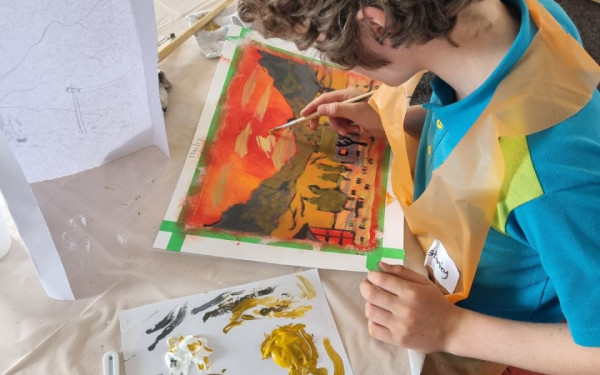
So, where to from now? And again, why should the Arts be seen as a means of developing creative skills? How do the arts build the creative capacities within our students and how could this be replicated across other areas of the curriculum? There are two potential answers to this. First is the curriculum itself, with the teaching programmes and task designs that determine the outcomes.
A few years ago, we looked at our department practices to ensure the tasks we set and the marking schedules we used provided direction for our students and their creative journey. We made sure that the tasks incorporated a structure for students, but at the same time ensured there was latitude for their own creativity. We also ensured that the assessment criteria recognised and rewarded aspects of the discipline that showed both the technical and artistic components involved.
Related to this is the environment in which arts teaching operates. This is important because just as there is an emotional intent in the creation of work, there is an equally high risk versus reward aspect. The students are offering something of themselves which, while challenging enough in itself for most people, is particularly confronting for adolescents who are still in the process of working themselves out.
Resilience and confidence are developed when students are able to push through those times of frustration to reach the next stage of the creative process. Whether through live performance situations or quiet, intense thinking sessions, these are encouraged and supported in an environment where 'mistakes' are a means to the next step. Whether it’s the big 'C' creativity or a smaller 'c' creativity such as recreating a text into something 'new', little steps merge into big gains. Students are encouraged to respect each other and recognise challenges as part of a process. It doesn’t always work, and it does take time to foster but I’d recommend a Drama, Art, Dance or Music class as a place where students can understand themselves a little better through the process of being creative.
It’s also worth noting the link between the arts and mental well-being. The last few years have seen a rise in the awareness of personal well-being, as people and communities look for better ways to cope with the world around them. Events such as COVID, the rise of pervasive social media, and the speed at which technologies are changing have resulted in a lack of clear direction for the future. The result of this has seen a sharp rise in mental health related issues across all age groups including youth.
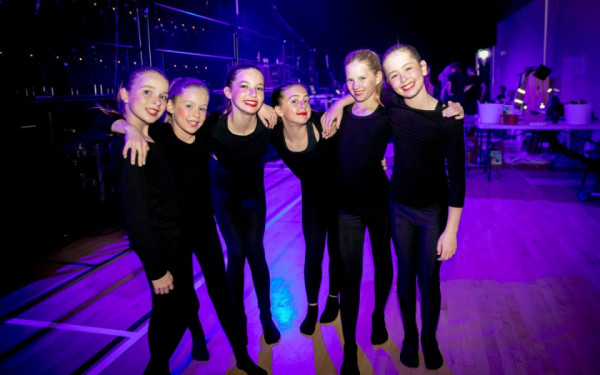
Data from one study showed that while more than two-thirds of high school-aged New Zealanders reported positive well-being, an increasing number of students reported high levels of distress:
'About 23 percent reported significant symptoms of depression and that has almost doubled for many groups since 2012. Symptoms are higher among female students, Māori, Pasifika and Asian students, those in lower-income communities and those from sexual and gender minority groups. The survey also looked at suicide attempts among this age group and found that attempts had increased, particularly for males.' (Foon, 2020).
The arts as a place to assist with these issues of well-being is well documented.
'The emotional component involved in the creative process of the arts enables individuals to experience and express their feelings in a variety of ways (Moynihan, M., 2020)
'As emotion and expression are inherent in creating these (arts) outcomes, the links to wellbeing are strong as the arts provide a ‘safe’ environment where risk-taking and experimentation are encouraged' (DeAngelis, 2014).
Taken to a wider spectrum of health, the WHO has the following to say:
'Because the arts operate simultaneously on the individual and social, as well as physical level, arts-based health interventions are uniquely placed to address the full complexity of the challenges of being healthy and well.' (World Health Organisation, 2019a).
This intersection of the creative process and the associated emotional importance of creativity and the arts is further supported by a Yale University study that investigated the links between emotional intelligence, creativity and the arts. The contention was that the development of emotional intelligence enables people to better communicate and operate in all aspects of their lives. The arts provide a means of developing this in a safe and controlled environment that positively impacts an individual’s ability to interact with others and develop a range of collaborative and leadership skills (Yale University, 2013).
Unfortunately, even with all the research, evidence and anecdotal stories, we’re still not really recognising the full potential of the arts in our schools. The perception that arts are for '‘talented’ kids overrides the contention that the arts should be there for everyone, both in terms of the skills learned and the emotional gains that are inherent in the arts processes.
When we mention the word well-being, we think about the arts; when we mention the word community, we think about the arts. When we mention togetherness, identity, culture, our heritage, we think about the arts. Yet still, the arts languish in New Zealand schools. With an increasing desire by the government to frame schooling around well-being measures as well as literacy and numeracy scores it is perplexing that the arts, well-being and education remain unconnected in any meaningful way within New Zealand schooling. (O’Connor et al., 2020).
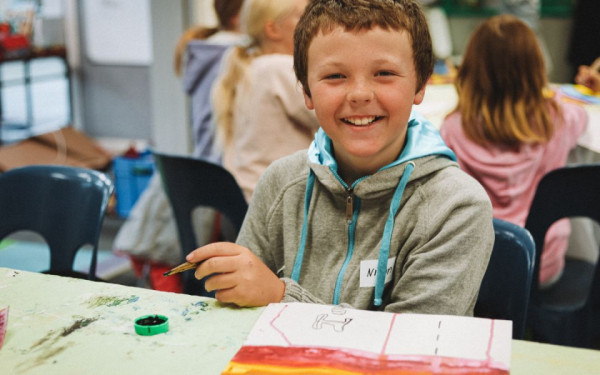
So, here we are. On one hand, we have Creativity as a desired skill for the future - but the school system with the ability to develop that skill is yet to be fully recognised for its value. And, on the other hand, we have significant issues with mental health in our society and a need to focus on well-being. Again, these solutions can be found in the Arts area of schools where individual creative abilities are encouraged and developed in an environment that recognises and supports the use of emotional connection.
How does this all translate into the future? The 2021 UNESCO Roadmap offers an interesting insight into the creative economy. (International Year of Creative Economy for Sustainable Development, 2021)
'The Creative economy is one of the world's most rapidly growing sectors and currently contributes 3% of global GDP. One of the unique features of the creative economy is the dual nature of the value it creates; both through the physical manifestation of creativity (e.g. films, painting and books) and an intangible expression of creativity (e.g. dance, music and performances).’
It goes on to note that the creative industries generate $2250 billion USD dollars annually and employ 30 million worldwide with more jobs for workers aged 18-25 than any other field of employment. The creative and cultural industries are at the heart of this economy which encompasses arts, culture, commerce and technology. Link here.
In summary, creativity is important. Now, more than ever, we need individuals with creative skills across multiple sectors of society to help us navigate the uncertainties of the future. The arts are not, and never have been, the sole domain of creative thinking, but they can make a difference in how individuals develop their creative abilities. They can provide a means of nurturing our youth through this process in a supportive and positive environment that enhances well-being. Recognising this, and ensuring the role of the arts is valued as an intrinsic part of learning is something we should all support.
'In addition to giving our children the science and maths skills they need to compete in the new global context, we should also encourage the ability to think creatively that comes from a meaningful arts education'. (Obama, 2008)









